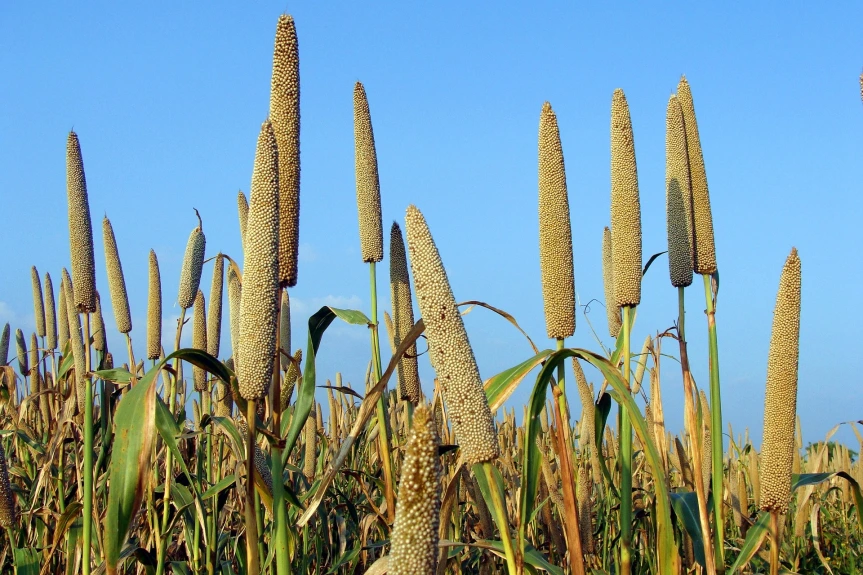Introduction to Pearl Millet (बाजरा) – The Indian Millet
Bajra is a customary name in Hindi. Africa and India are the main growing regions for grain, which is a significant source of nutrition there. On the other hand, it is grown and consumed in numerous other locations worldwide.
The edible seeds of pearl millet plants are referred to as Bajra. They grow in bluish-purple, brown, yellow, gray, and white in different shades. Usually cooked as a cereal grain, the seeds can also occasionally be ground finely and used as flour. An overview of Bajra and its health benefits is given in this article. Bajra food Among the various varieties of millet is Bajra pearl millet. Other well-liked millet varieties include kodo millet, Job’s tears, foxtail, finger millet (ragi), and fonio. Most millets have impressive nutritional profiles, including Bajra.
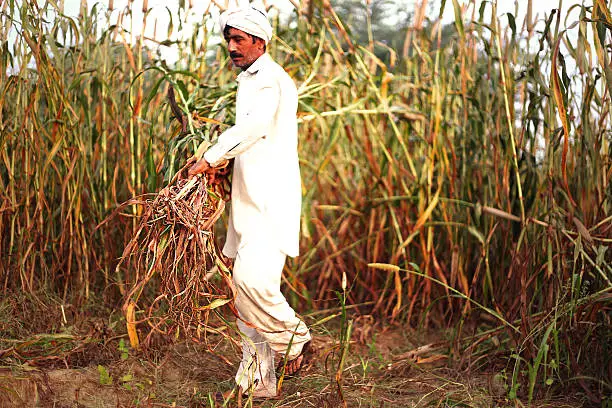
Nutritional Properties
Nutritional properties of Pearl Millet for 100 Grams
Calories – 353.045 kcl
Fat – 4.465g
Protein – 9.215g
Carb – 64.5g
Cooked millet is generally a decent source of fiber, protein, and carbohydrates. It’s a fantastic source of minerals and vitamins as well. In general, millet is a wholesome source of carbohydrates. As long as you make sure the product you’re buying is certified gluten-free, it’s also free of gluten and a good option for those with celiac disease or those on a gluten-free diet. Bajra has high levels of advantageous plant chemicals, such as phytochemicals, polyphenols, and antioxidants, all of which are known to support good human health in various ways.
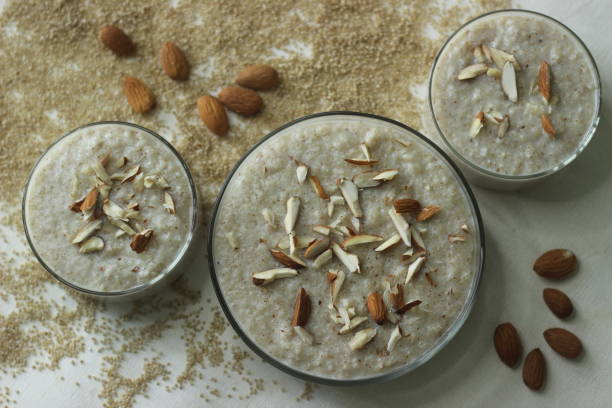
Reduction in Weight
Including low-calorie whole-grain foods like Bajra in your diet may help if you’re trying to lose weight. A food’s calorie density is the ratio of its calories to its weight (in grams) or volume (in milliliters). Low-calorie foods satisfy your hunger while providing you with less calories. Foods are typically regarded as high when their calorie density is more than 2.3. The calorie density of bajra is 1.2. Therefore, low-calorie foods like Bajra may help with weight loss. diabetes In general, the majority of millet varieties are thought to be healthy grain options for diabetics.
Diabetic
Increased results in the treatment of type 2 diabetes and other chronic diseases have also been linked to foods high in fiber, particularly cereal fibers like Bajra. Additionally, millet has a lower glycemic index (GI) than bread and other refined grain products. Millet proteins may also help to lower blood sugar levels, according to some recent studies on humans and animals. Most millet varieties have GI values between 43 and 68. Generally speaking, low-GI foods are those that have a GI value of 55 or less. The degree to which food affects blood sugar levels is gauged by the GI. For those with diabetes, foods with a lower glycemic index are typically preferable.
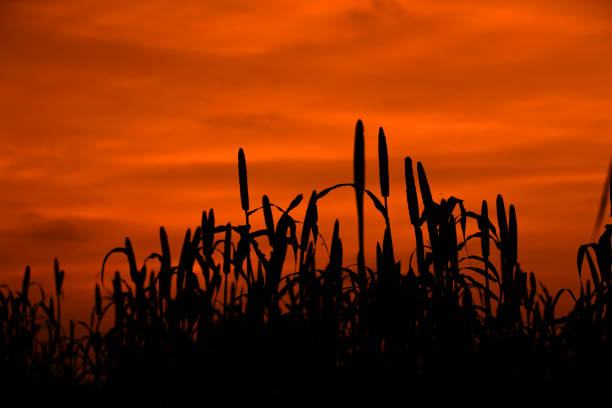
Healthy Skin
encourage wholesome skin, hair, and nails Although Bajra is said to be beneficial for hair, there is no research on the millet itself as a hair treatment. Nonetheless, Bajra is an excellent source of numerous nutrients that are linked to strong skin, hair, and nails, such as B6 vitamin and protein niacin iron zinc folate Consuming Bajra regularly may help shield you from nutrient deficiencies. However, Bajra and other millets cannot currently be said to directly improve the health of the skin, hair, or nails due to a lack of research.
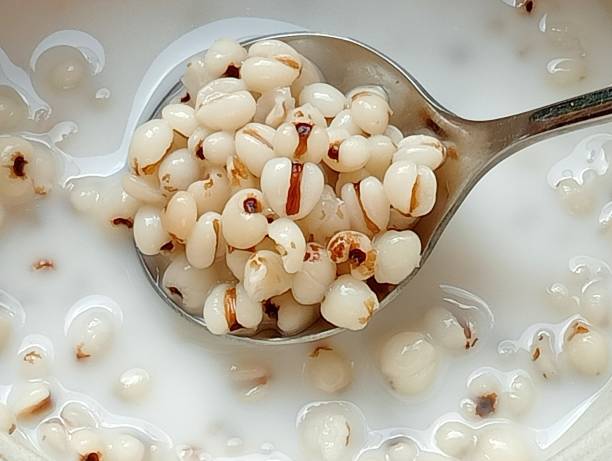
Does Bajra possess any dangers?
In general, most people consider moderate Bajra consumption to be safe. Even those who have celiac disease can eat it because it is a gluten-free grain, provided they are certain there was no cross-contamination with other grains that contain gluten. The presence of antinutrients in Bajra and other millets is one issue you may have heard about. Compounds in some foods called antinutrients have the potential to prevent or reduce the absorption of other healthy nutrients. Bajra may contain phytates, oxalates, and other antinutrients that could hinder the absorption of iron, zinc, phosphorus, and other micronutrients taken with a meal, according to some research.
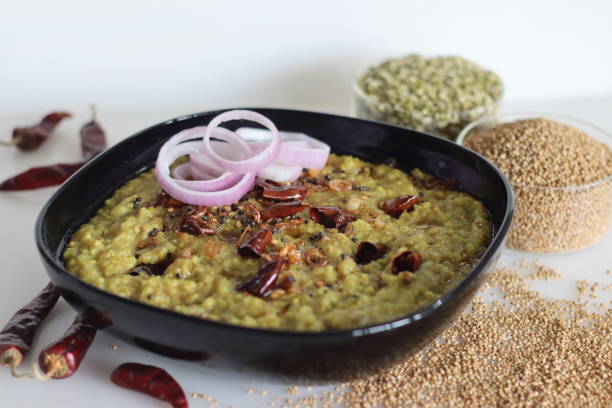
Ayurvedic Benefits
Consuming Bajra is as old as our traditional Ayurvedic medicine, and it is mentioned in medical texts such as “Nali” under the headings of “Trunadhanya” or “Kudhanyavarga.” Surprisingly, Ayurvedic texts praise Bajra for being a powerhouse of various vitamins, protein, and fiber and describe Millets as Kutsitadhanya, which means unappetizing or not great to taste. According to Ayurveda, Bajra is hot, dry, and sweet to taste, but after digestion it becomes pungent. Bajra is recommended by traditional doctors to be a part of a daily diet to balance the doshas of Pitta and Kapha. This cereal grain’s virya, or hot potency, is praised for its many health benefits.

